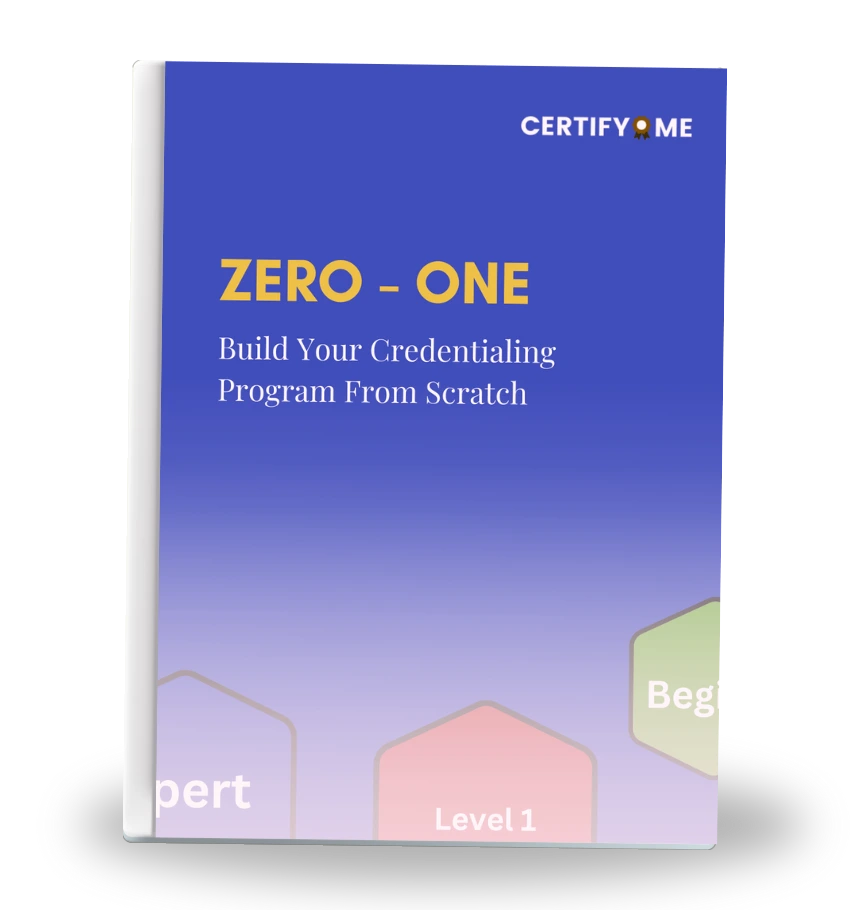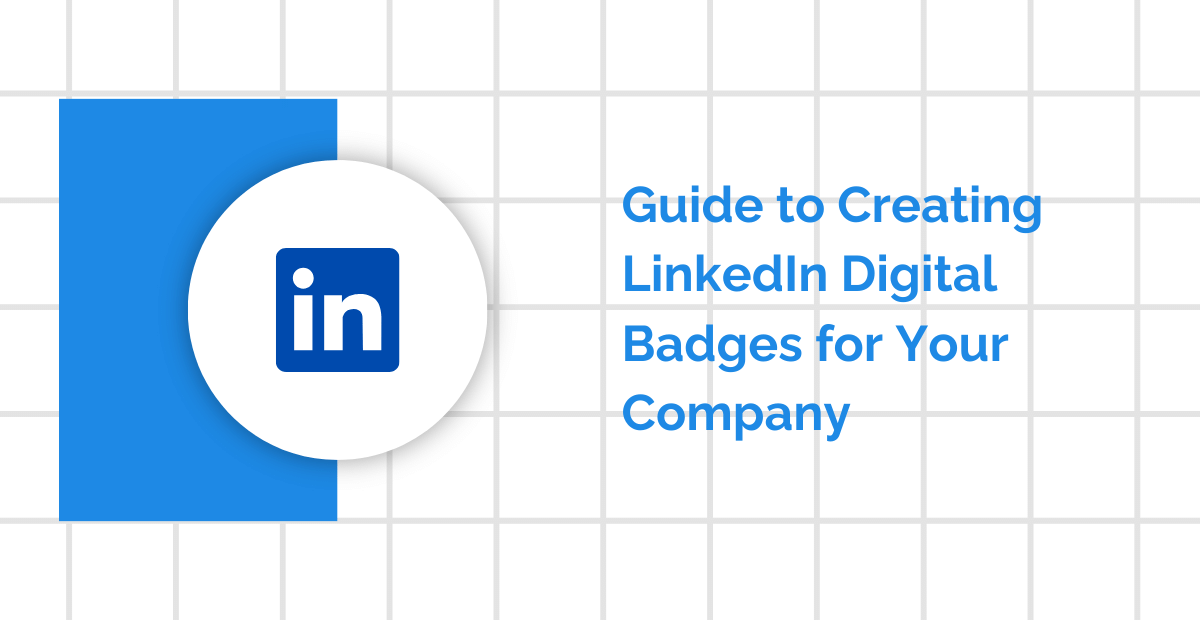Certificates and badges have been here for longer than we thought. Traditional paper-based certificates to recognise a persons qualification were issued since the early 1700s. Certificates were used to keep a record of a person birth, death, achievements and qualification or to verify the person’s identity. It was the only legal way to identify and prove the legitimacy of the identity of the document.
But, as the world inclined towards to use of the internet to record and issue the identity of the individual, so did the certification. Traditional paper-based certificates that needed to be produced with limited materials and resources and were expensive, to begin with, were now replaced by inexpensive and quality digital certificates.
Everyone around the world is familiar with the words certificates and badges. Although badges are new to the world and are still in a developing stage they too hold much value to their name as it displays the individual low-stake credential. Traditionally the badges were used in the military to display the individuals ranking and position. Digital badges act the same as a physical badge but it is virtual proof of the individual progress, ranking or competency in quality or skills.
Digital certification and Digital badges have brought a drastic change leading to a digital transformation in the world across all businesses and educational programs.
Traditional certification needed to be issued physically and came with a cost of production, materials, labour, distribution cost and maintenance cost. To say, a certification needed to be produced by manufacturing the paper, printing and designing, verifying the contents and then had to shift from storages to the issuing businesses and costed travel charges. The certificates further needed to store and maintained properly under the supervision and distributed physically. The whole process was rigorous, time-consuming and a whole lot expensive.
By issuing the Digital Certificate, through a quality digital credential issuing platform, businesses and now cut all these expenses as the digital credential platform comes with blockchain technology that facilitates the issuing process and is secured with bank-level security. Digital certificates are integrated with automation saving the manual labour and costs that go into the distribution of the credential.
Since Digital credentials are backed with meta-data is is easier for businesses to trace back the identity of the credential and verify the contents of the document. Digital credentials are also encrypted with a digital key and a digital signature that denies any data manipulation or forgery to the original document.
In Conclusion:
From past-to-present DIgital credentials have come a long way replacing traditional certificates and physical badges. It is less time consuming saving a lot of manual work and labour and is the most inexpensive and effective way to issue a recognised residential to the individual. Digital credentials have gained a lot of popularity and are here for the long run.

 Author :
Author : 




